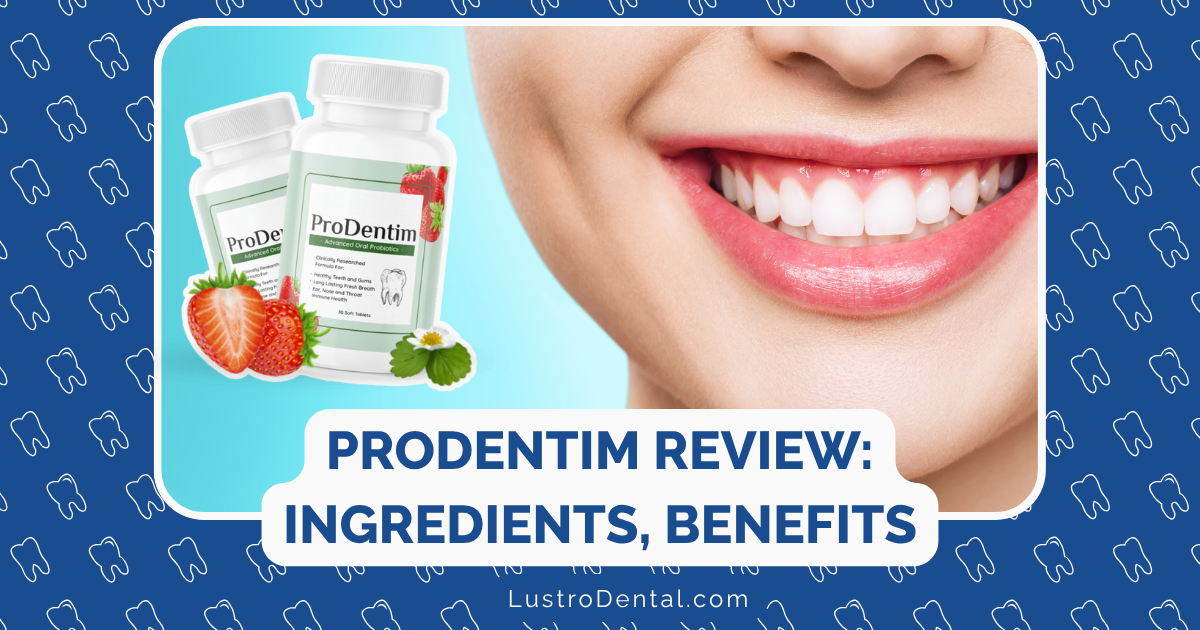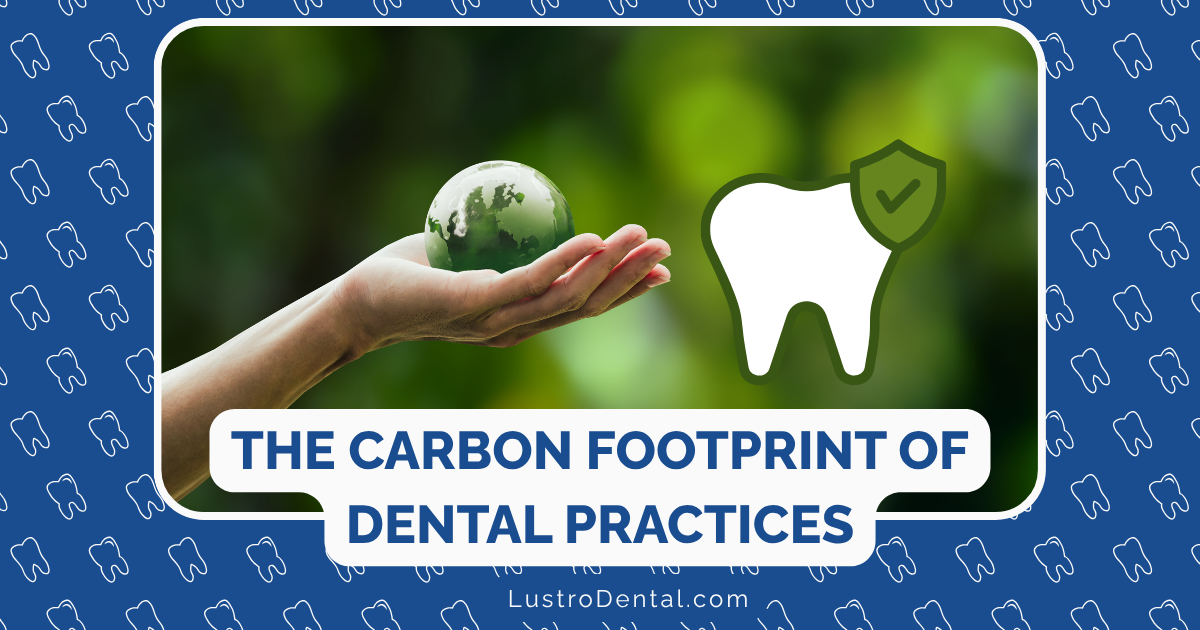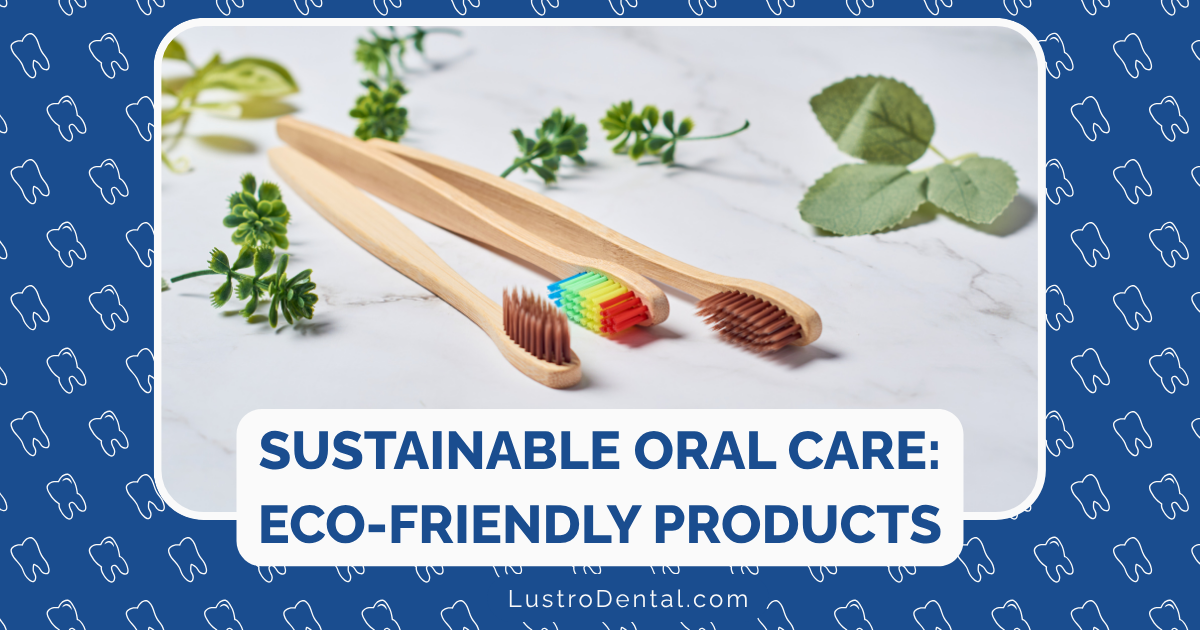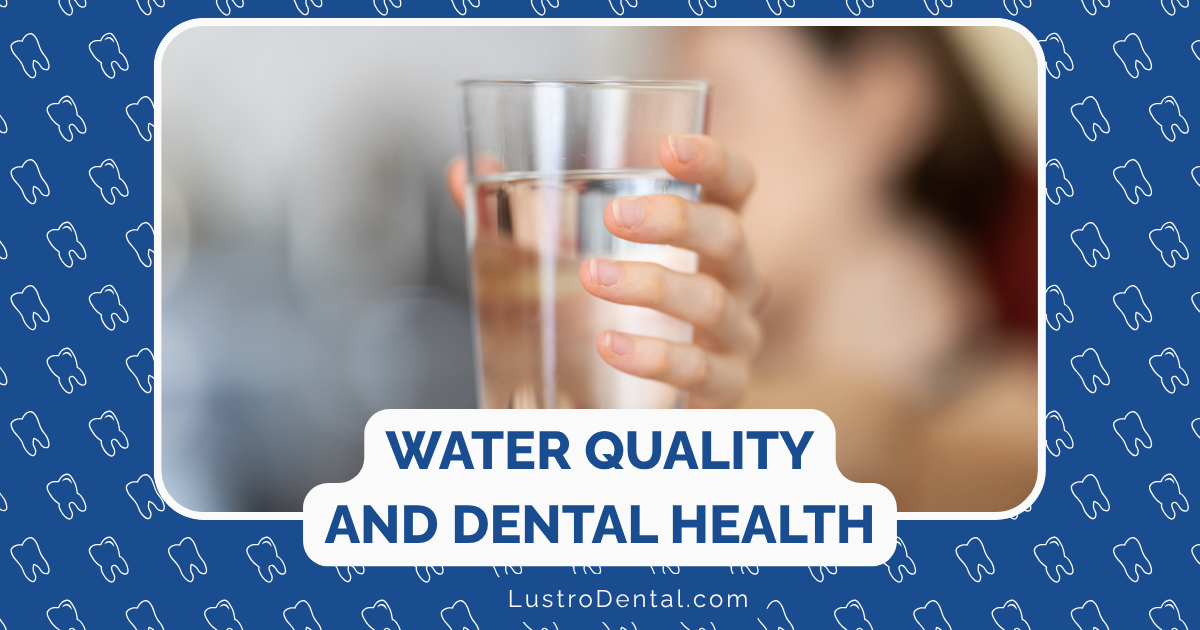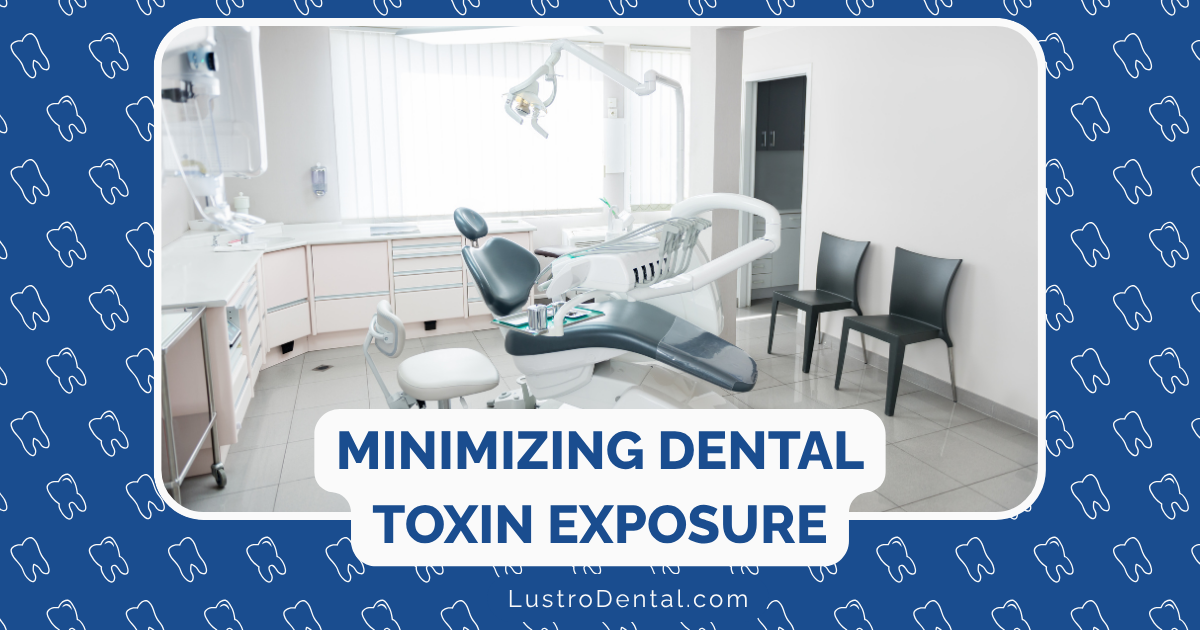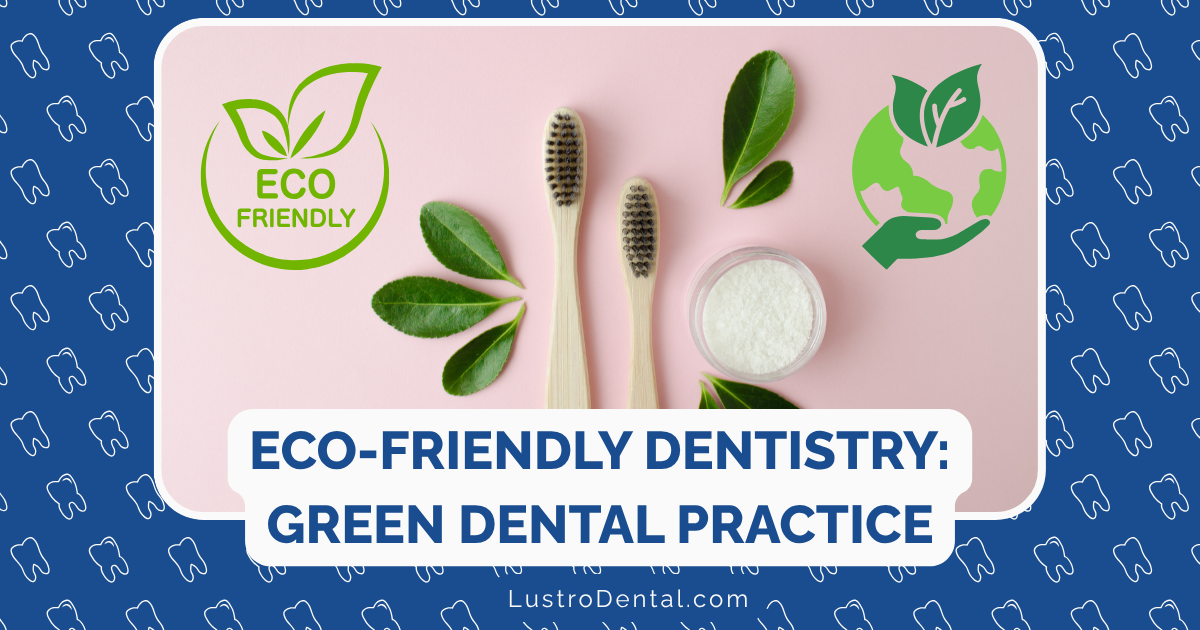Oral Appliances for Sleep Apnea: Effective Alternatives to CPAP
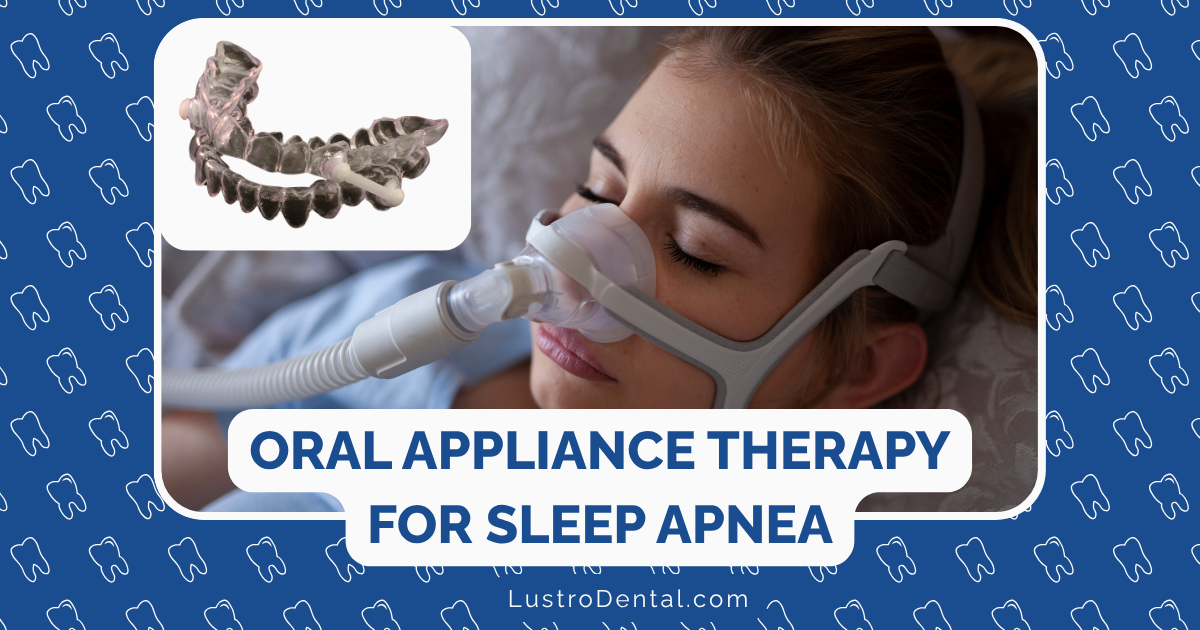
If you’ve been diagnosed with sleep apnea, you know the drill—your doctor likely recommended a CPAP machine as the first line of treatment. But let’s be honest: those masks and tubes aren’t for everyone. Many patients struggle with CPAP therapy, which is why I’m passionate about discussing alternatives that might work better for you. Oral appliance therapy represents one of the most promising CPAP alternatives, offering relief without the hoses and noise that drive many patients to abandon their treatment altogether.
Understanding Sleep Apnea: More Than Just Snoring
Before we dive into treatment options, let’s take a moment to understand what we’re dealing with. Sleep apnea isn’t just about snoring—though that’s often the symptom that sends worried partners searching for solutions.
Obstructive sleep apnea (OSA) occurs when the muscles in your throat relax during sleep, allowing tissue to block your airway. This interrupts your breathing, sometimes dozens or even hundreds of times per night. Your brain, sensing the oxygen drop, briefly wakes you up to restart breathing—though you may not even remember these awakenings.
These disruptions prevent restorative deep sleep and, over time, increase your risk of serious health problems including heart disease, stroke, and diabetes.
How Oral Appliances Work for Sleep Apnea
Oral appliance therapy uses custom-fitted devices that look similar to mouthguards but serve a very different purpose. These dental devices are specifically designed to maintain an open airway during sleep by:
- Repositioning your lower jaw forward
- Stabilizing the tongue to prevent airway blockage
- Increasing the tension of throat muscles to prevent collapse
Unlike the one-size-fits-all approach of many sleep treatments, oral appliances are custom-made for your mouth by dental professionals with specialized training in sleep dentistry. This customization is crucial—it’s what makes them both effective and comfortable.
Types of Oral Appliances for Sleep Apnea
There are several varieties of oral appliances available, each with slightly different designs and mechanisms:
Mandibular Advancement Devices (MADs)
The most common type of oral appliance, MADs gently push your lower jaw forward and down slightly, which tightens the soft tissues and muscles of the upper airway to prevent obstruction. These devices typically allow some jaw movement while maintaining the forward position.
Tongue Retaining Devices (TRDs)
These devices hold the tongue in a forward position using a suction bulb, preventing it from collapsing back into the airway during sleep. TRDs may be recommended for people who cannot tolerate MADs or who don’t have enough teeth to support a MAD.
Combination Therapy Devices
Some newer devices combine features of oral appliances with minimal CPAP components, offering a hybrid approach that may work for patients with more severe apnea who still want something less intrusive than full CPAP therapy.
CPAP vs. Oral Appliances: An Honest Comparison
Let’s address the elephant in the room: CPAP machines are still considered the gold standard for treating sleep apnea, especially severe cases. Clinical studies consistently show that CPAP is more effective at reducing the number of breathing interruptions per hour.
However, effectiveness only matters if you actually use the treatment. This is where oral appliances often shine:
Effectiveness
- CPAP: More effective at reducing AHI (Apnea-Hypopnea Index) scores, especially in severe cases
- Oral Appliances: Very effective for mild to moderate sleep apnea; moderately effective for some severe cases
Comfort and Compliance
- CPAP: Compliance rates as low as 30-60% after one year
- Oral Appliances: Compliance rates often exceed 80% due to greater comfort
Portability
- CPAP: Requires electricity, somewhat bulky to transport
- Oral Appliances: Fits in a pocket, requires no electricity or accessories
Side Effects
- CPAP: Mask discomfort, nasal congestion, dry mouth, claustrophobia
- Oral Appliances: Jaw soreness (usually temporary), excess saliva, potential tooth movement with long-term use
Cost Considerations
While both treatments are typically covered by insurance when medically necessary, out-of-pocket expenses can vary:
- CPAP: Higher initial cost ($500-$2,000), plus ongoing expenses for masks, filters, and other supplies
- Oral Appliances: Initial cost ($1,500-$3,000), with fewer ongoing expenses
Who Are the Best Candidates for Oral Appliance Therapy?
Oral appliances work particularly well for:
- Patients with mild to moderate sleep apnea
- Those who have tried and failed CPAP therapy
- People who travel frequently
- Individuals with nasal obstructions that make CPAP difficult
- Patients who sleep in multiple locations
However, they might not be the best choice for:
- Very severe sleep apnea cases (though they may still be better than no treatment)
- People with certain dental issues like loose teeth or advanced periodontal disease
- Those with severe TMJ disorders
The Process of Getting a Sleep Apnea Oral Appliance
If you’re interested in trying an oral appliance, here’s what to expect:
- Sleep study diagnosis: First, you’ll need a proper diagnosis through a sleep study, either in a lab or at home with a portable monitor.
- Consultation with a sleep specialist: A sleep medicine physician will review your results and may refer you to a qualified dentist.
- Dental evaluation: A dentist trained in sleep medicine will examine your teeth, jaw, and airway to determine if you’re a good candidate.
- Custom fitting: If appropriate, the dentist will take impressions of your teeth to create a custom-fitted device.
- Adjustment period: You’ll have follow-up appointments to adjust the device for maximum effectiveness and comfort.
- Follow-up sleep testing: To ensure the appliance is working, you may undergo another sleep study while wearing the device.
Real Patient Experiences
Many of my patients who struggled with CPAP have found relief with oral appliances. Take Michael, for example, a 45-year-old sales executive who travels weekly. His CPAP machine collected dust while his untreated apnea left him exhausted. After switching to an oral appliance, he not only uses it consistently but has seen his energy levels soar.
Or consider Sarah, who couldn’t tolerate the feeling of a mask on her face due to claustrophobia. Her oral appliance provided an effective alternative that she actually uses every night.
The Future of Sleep Apnea Treatment
The field of sleep medicine continues to evolve, with researchers working on new approaches to treatment. Some promising developments include:
- Improved designs for both CPAP and oral appliances
- Better methods for predicting which patients will respond best to which treatments
- Combination therapies that use multiple approaches simultaneously
The American Academy of Sleep Medicine now recognizes oral appliance therapy as a first-line treatment for mild to moderate sleep apnea and an alternative for severe cases when CPAP isn’t tolerated.
Making Your Decision
Choosing between CPAP and oral appliance therapy is a personal decision that should consider:
- The severity of your sleep apnea
- Your lifestyle and sleeping arrangements
- Your personal preferences regarding comfort
- Any anatomical factors that might make one treatment more effective
- Cost and insurance coverage
Remember that the best treatment is the one you’ll actually use consistently. An oral appliance that you wear every night may be more effective than a CPAP machine that sits in your closet.
Taking the Next Step
If you’re struggling with CPAP therapy or have recently been diagnosed with sleep apnea and are exploring your options, consider scheduling a consultation with a qualified dental sleep medicine practitioner. They can evaluate whether an oral appliance might be right for you.
The most important thing is not to leave sleep apnea untreated. The consequences of untreated sleep apnea are too serious to ignore, but with the variety of treatment options available today, you don’t have to suffer in silence.
Have you tried both CPAP and oral appliance therapy? We’d love to hear about your experience in the comments below.


